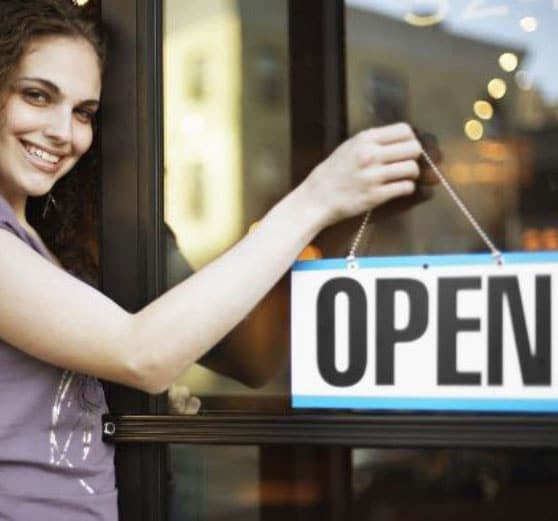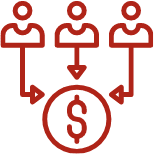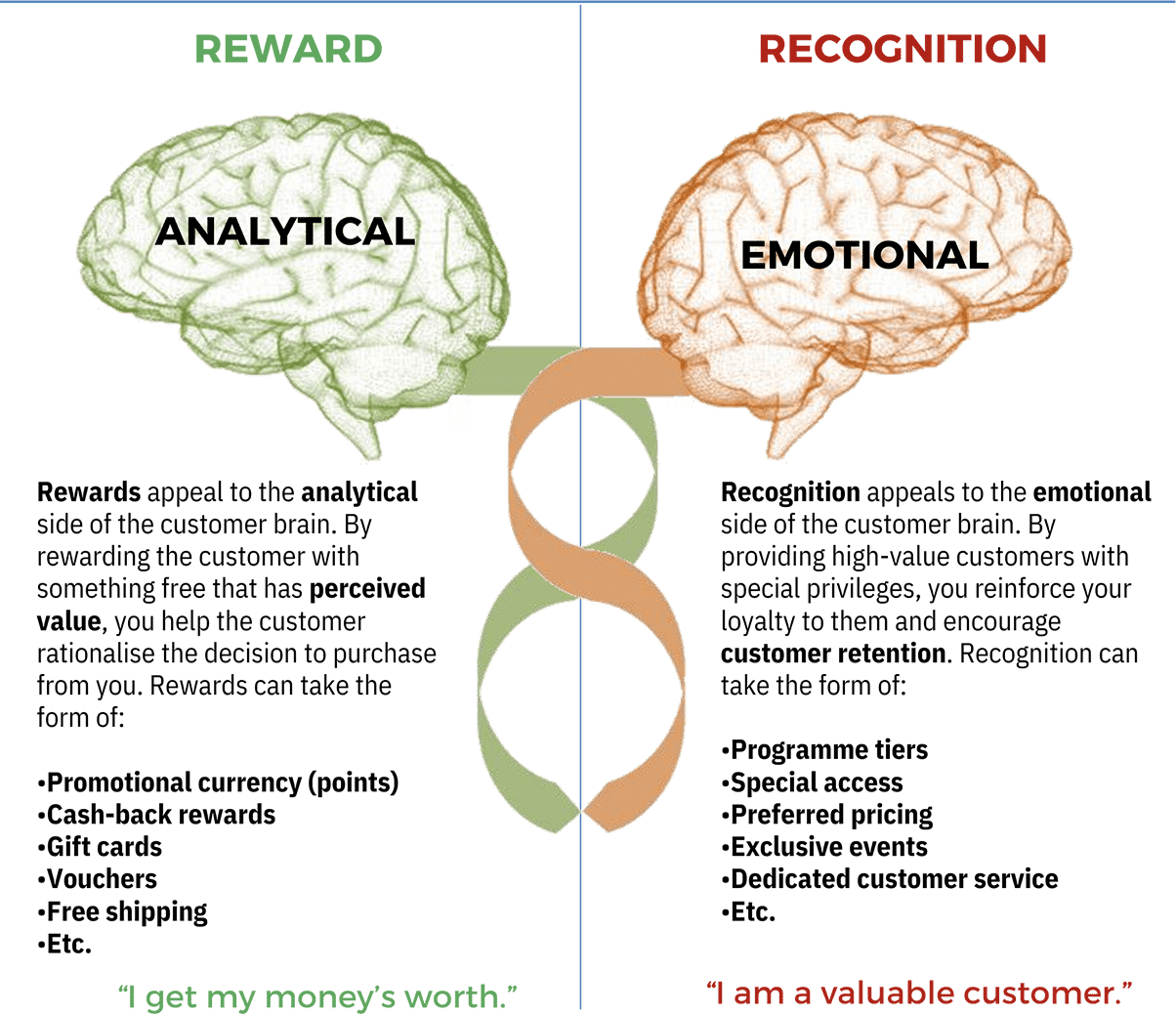Finding the consumer inside
Customer loyalty is arguably more important in business-to-business (B2B) industries than it is in consumer industries. That’s because, in B2B firms, the 80-20 rule is sometimes the 90-10 rule: the top 10 percent of your customers can account for 90 percent of your profits.
The good news: by identifying the key purchasers and influencers in your client organisations and then building relationships with them that mimic relationships in the consumer world, you can increase the retention, yield, and lifetime value of your best customers.

The five types of B2B customers
For the most part, business-to-consumer relationships are simple and direct: the business advertises its products and services, the consumer makes a purchase, and the business can then enter into a direct relationship with that consumer. In the B2B world, actual buyers are often hard to identify, and relationships can be both direct and indirect.
B2B marketers must therefore engage in detective work to uncover the buyers and influencers within their client accounts. Here’s a primer to the five basic types of B2B customers and the keys to building relationships with them.

End-users
If you sell direct to small business owners, then identifying your best customers and rewarding them is relatively straightforward. If you sell primarily through partners and distributors, or primarily to larger companies, then identifying your actual buyers can be difficult. A B2B loyalty programme can encourage your buyers to raise their hands and ask to be identified.

Purchasers
If you sell into larger organisations with procurement departments and purchasing managers, then you’ll need to know who they are. These purchasing managers may have leeway to choose you, or they may be bound by contractual purchase agreements. Identify these purchasers and then reward and recognise those who demonstrate loyalty to you.

Influencers
Influencers are your ‘hidden’ customers – they’re IT directors, senior corporate managers, and other mid-level corporate executives who exert a profound influence on the purchasing decisions of your clients. A value proposition based on content marketing can help you reach this group – just make sure you encourage identification, so you can market to them on a one-to-one basis.

Distributors
Many B2B companies sell their products indirectly through wholesalers and distributors. These distributors often have a choice between stocking your products and your competitor’s products. A loyalty programme designed to reward and recognise your key distribution clients can provide an effective way of building relationships with them – and shifting their spend to you.

Partners

End-users
If you sell direct to small business owners, then identifying your best customers and rewarding them is relatively straightforward. If you sell primarily through partners and distributors, or primarily to larger companies, then identifying your actual buyers can be difficult. A B2B loyalty program can encourage your buyers to raise their hands and ask to be identified.

Purchasers
If you sell into larger organizations with procurement departments and purchasing managers, then you’ll need to know who they are. These purchasing managers may have leeway to choose you, or they may be bound by contractual purchase agreements. Identify these purchasers and then reward and recognize those who demonstrate loyalty to you.

Influencers
Influencers are your “hidden” customers –they’re IT directors, senior corporate managers, and other mid-level corporate executives who exert a profound influence on the purchasing decisions of your clients. A value proposition based on content marketing can help you reach this group –just make sure you encourage identification, so you can market to them on a one-to-one basis.

Distributors

Partners
Loyalty as an outcome of relationships
Customer loyalty is an outcome of customer relationships. All relationships, whether personal or between customers and businesses, share similar characteristics, and customers give loyalty to those businesses with whom they have developed strong relationships.
Your job as a marketer is not to “trick” customers into becoming more loyal, but rather to reward and recognise them for behaviour that strengthens your bottom line. For B2B marketers, this job requires you to understand the psychological factors that drive customer loyalty.

The fundamental drivers of customer loyalty
In the 1950s, McDonald’s founder Ray Kroc articulated the fundamental drivers of customer loyalty. In order to build customer loyalty, Kroc argued, you must execute on these four fundamentals better than your competitors do. Fall down on any one of these drivers, and you’ll lose market share to the competition.




The power of relationships
Once you have executed on Ray Kroc’s fundamental drivers of loyalty, you can begin to focus on building strong customer relationships.
Both business and personal relationships share similar characteristics.






Require dialogue

Reward and recognition
We’ve seen how building loyalty with B2B customers requires a focus first on delivering on the fundamental drivers of loyalty as outlined by Ray Kroc, and then on building relationships with the purchasers and influencers within your B2B accounts.
The third step to building loyalty with the “consumer inside” is to place a value proposition on the table constructed around reward and recognition. The combination of reward and recognition works because it appeals to both halves of the customer’s brain: the analytical side, and the emotional side.



